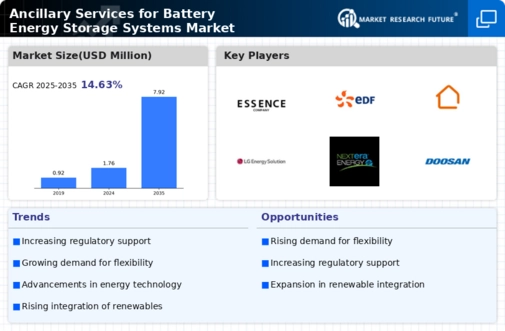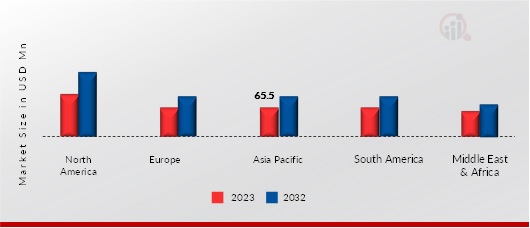-
An Increasing Penetration of Renewable Energy Sources Like Solar & Wind Power
In 2024, the U.S. electric power sector produced 4,017 billion kilowatt-hours (kWh) of electric power.
And the nuclear power generation will stay relatively flat, rising from 776 billion kWh in 2024 to 797 billion kWh in 2025. New installations of generating capacity support the increase in the renewable generation forecast. Wind and solar developers often bring their projects on line at the end of the calendar year. So, the new capacity tends to affect generation growth trends for the following year.
Advancement of battery technology
These innovations are in progress because the focus of the manufacturers is to improve energy density, cycle life, safety, and scalability, and most important is to bring down the price, and make it easily affordable to the people. At present Lithium-ion batteries are gaining attention or is being focused due to their high energy density and fast charging capabilities. The innovation is not restricted to the lithium-ion battery, but also is going in flow batteries, they are utilizing liquid electrolytes in external tanks, and offering scalability and longer-duration storage options.
Graphite, but also graphite/silicon or litigated titanium oxides are used as negative materials.
Lead-acid batteries can be designed to be high power and are inexpensive, safe, recyclable, and reliable. However, low specific energy, poor cold-temperature performance, and short calendar and lifecycle impede their use. Advanced high-power lead-acid batteries are being developed, but these batteries are only used in commercially available electric-drive vehicles for ancillary loads. They are also used for stop-start functionality in internal combustion engine vehicles to eliminate idling during stops and reduce fuel consumption.
The usage of nickel-based batteries in large-scale energy storage is rising because it can be used in all the temperatures, this adds plus point for the nickel-based batteries. Nickel-Cadmium (NiCd) is the most common type of nickel-based battery technology, and it is mostly used or preferred for off-grid installation as they provide a reliable backup system and don’t require regular maintenance (provide the good result at the low cost).
Flow batteries are comparatively new to the battery storage market. In recent times they are becoming a strong competitor to Li ion batteries in energy storage domain. They are rechargeable batteries in which electrolyte flows through one or more electrochemical cells from one or more tanks. In these batteries one can easily increase the energy storage capacity by increasing the quantity of electrolyte stored in the tanks.
Technological Advancements and Growing Demand for Lithium-Ion Battery Energy Storage Systems
In the present situation, energy is very much important for the comfort living and for the living, as the energy help in the running of factories, and providing the desired output and help in earning the revenue, which will help in the country’ growth and progress. Due to the shift in the choice and the increasing use of battery energy storage system the demand for the electric vehicle is also high. Due to the inclination for the electric vehicle, the demand for fossil fuel has reduced, which has help in [protecting the environment and human health.
The important feature of the energy storage systems, particularly lithium-ion batteries, which can store surplus energy, when the energy is not required much and discharge it when needed or as per the requirement, which help in matching the need, when the energy is most required. For instance, in factoring or the manufacturing units, there is the need of the energy every time, because in absence of the energy, the production will not be there, as a result the supply chain will be affected and will create the imbalance. There the battery energy storge system is required and utilized the most.
The integration of battery energy storage systems into ancillary services is poised to enhance grid reliability and facilitate the transition to renewable energy sources, thereby supporting a more resilient energy infrastructure.
U.S. Department of Energy








